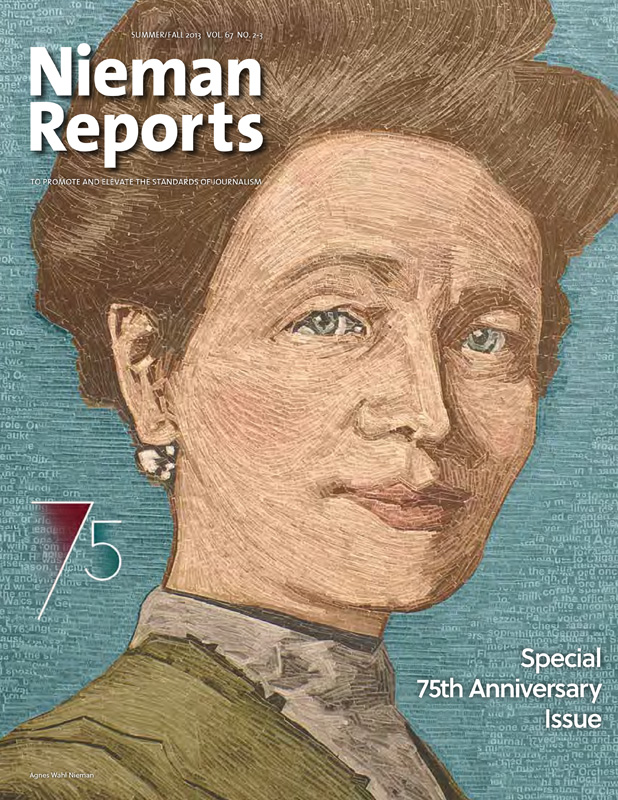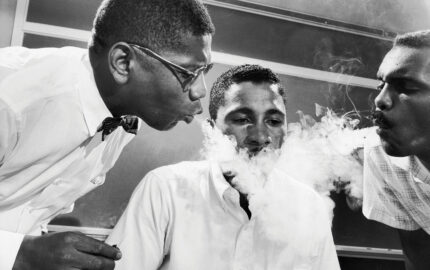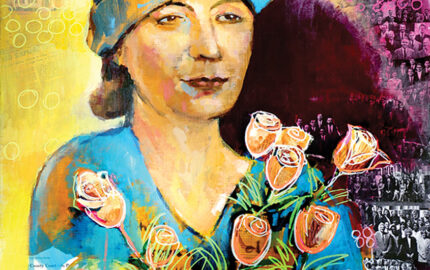Skok, director of Globalnews.ca, arrived at Harvard to explore ways to make journalism sustainable
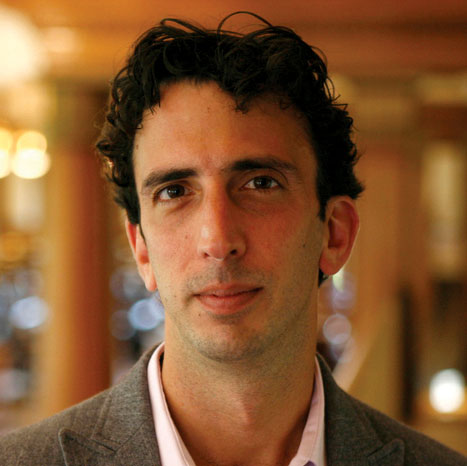
The professor slowly walked to the center of the amphitheatre, sat on the edge of the barren desk and looked up at his students. He held his gaze silently for a few, uncomfortable seconds. “What if I told you that you could predict the future?” he asked.
Without waiting for a response from his future MBA graduates, the professor answered his own question: “Financial statements can only give you a snapshot of the recent past, but a theory can predict the future.” That theory is called “disruptive innovation,” and over the course of the next 10 months that Harvard Business School professor, Clayton M. Christensen, became my mentor, friend and co-author.
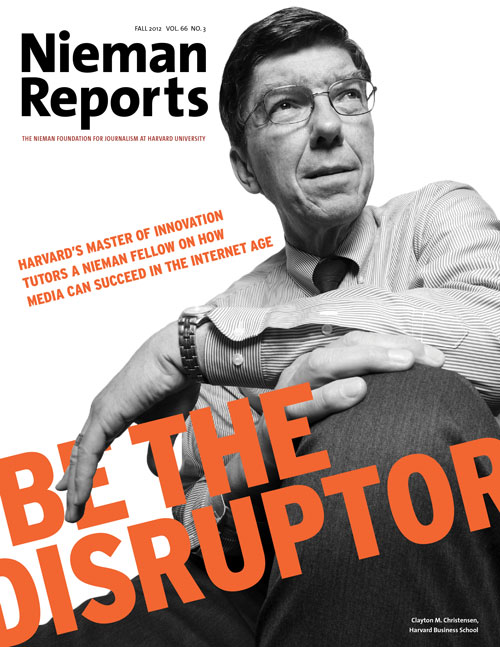
If we journalists can’t articulate the business rationale for journalism, who will? The paper we published in the Fall 2012 issue of Nieman Reports, along with a third co-author, James Allworth, provided a lens through which to view the ever-changing state of our craft. I now look at all the disruption taking place as part of the continuing renewal—not the inevitable end—of journalism. But more importantly for me personally, being able to interact and exchange ideas with such a brilliant man gave me the confidence to tackle the profit and loss statements and the “suits” that make up such a core part of how we pay for quality journalism.
Before my Nieman year, I would have cringed at the thought of sitting in a budget meeting. After all, what does that have to do with our feature series on oil spills in Alberta? But after my Nieman year, I relish any and all opportunities to make the business case for sustainable journalism. If we journalists can’t articulate the business rationale for journalism, who will?
What defines a digital journalist is that you’re always connected to something. Whether that means scanning your Twitter feed, checking the real-time metrics on your site, or responding to e-mails at ungodly hours, digital journalists are always “on.” Compounding this stream of information is the uncertainty that goes with working in a traditional newsroom in this era. And so, drowning in this flood of information and fiscal pressures, this digital journalist was awarded the gift of a Nieman Fellowship. Above all, my year at Harvard gave me the chance to, in professor Christensen’s words, predict what the future of journalism may look like.
